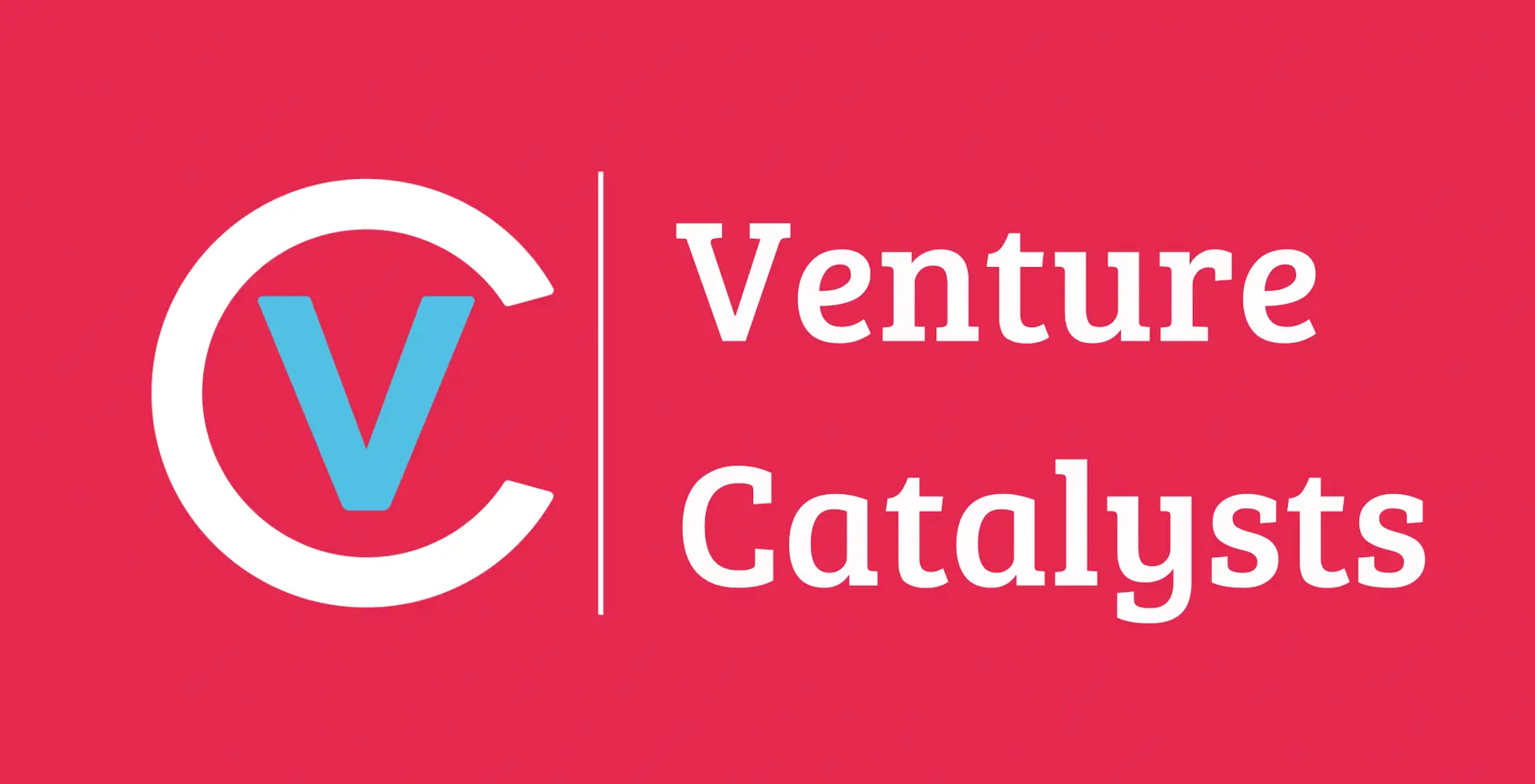The business landscape shifts at breakneck speed. New technologies, regulatory changes, and evolving consumer behaviour can turn an industry on its head overnight. Companies that fail to anticipate these shifts don’t just fall behind, they risk becoming obsolete. Just ask Toys ‘R’ Us, Blockbuster, or Kodak.
On the flip side, those that successfully predict and respond to trends thrive. Amazon capitalised on the rise of e-commerce, Netflix saw streaming before anyone else, and Tesla bet big on electric vehicles before they were mainstream. These weren’t lucky guesses, they were strategic, data-driven decisions based on market forecasting.
In this article, we’ll break down how market forecasting works, showcase industries that have nailed it (and those that haven’t), and provide practical tools and strategies to help businesses stay ahead of the curve.
How Market Trend Forecasting Works and Why It Matters
What is Market Trend Forecasting?
Market trend forecasting is the process of analysing data, consumer behaviour, and industry developments to predict future market conditions. It helps businesses make informed decisions, ensuring they stay ahead rather than playing catch-up.
Why does this matter? Because:
- It identifies new revenue opportunities before competitors do.
- It allows for proactive strategy shifts instead of reactive scrambling.
- It mitigates risks associated with unexpected industry disruptions.
Short-Term vs. Long-Term Forecasting
Forecasting isn’t a one-size-fits-all game. Businesses need both short-term and long-term predictions:
- Short-Term (1-2 years): Tactical decisions like pricing strategies, marketing shifts, and supply chain adjustments.
- Long-Term (5+ years): Strategic planning, R&D investments, and major pivots.
Case in Point: Netflix vs. Blockbuster
Netflix anticipated the decline of physical DVDs and pivoted to streaming well before Blockbuster even considered digital alternatives. Blockbuster, stuck in short-term thinking, failed to adapt and collapsed.
Industries That Successfully Predicted Market Changes
Winning Case: Tesla & the Electric Vehicle (EV) Market
Tesla saw the global shift towards sustainability and acted early:
- Invested in battery technology and charging infrastructure before mass adoption.
- Developed a strong brand around innovation and environmental consciousness.
- Result? Became the market leader while traditional automakers scrambled to catch up.
Failed Case: Kodak & Digital Photography
Despite inventing the digital camera, Kodak ignored the trend in favour of film-based revenue. Meanwhile, Sony and Canon doubled down on digital, taking Kodak’s market share. By the time Kodak tried to pivot, it was too late. It filed for bankruptcy in 2012.
Lesson? Innovate or die. Even companies that create groundbreaking technology can fail if they don’t act on their own insights.
Tools & Methods to Track Emerging Opportunities & Risks
1. Data-Driven Market Research
- Industry Reports: McKinsey, CB Insights, Gartner, PwC.
- Consumer Behaviour Insights: Google Trends, Statista, Nielsen Reports.
- Economic Indicators: Interest rates, inflation, employment trends.
2. AI & Predictive Analytics for Forecasting
AI-driven tools like IBM Watson, Palantir, and MarketScope AI analyse vast datasets to detect early trends. Retailers, for example, use AI to forecast purchasing behaviour based on search trends and sales data.
3. Industry & Competitor Monitoring
- Competitive Intelligence: Study how rivals adjust their business models.
- Social Listening: Use Brandwatch, Sprout Social, or Google Alerts to detect emerging conversations.
- Startup & VC Activity: Where investors place their bets often signals where markets are heading. The plant-based food boom? Predicted by tracking VC investments in Beyond Meat and Impossible Foods.
How Startups & Investors Can Leverage Future Insights
Startups: Using Trend Forecasting to Drive Growth
- Identify customer needs before they become mainstream.
- Test market demand with MVPs and pilot projects.
- Adapt pricing, distribution, and messaging based on evolving consumer behaviour.
Example: Shopify & the DTC Boom
Shopify spotted the rise of direct-to-consumer (DTC) brands and built tools tailored for small businesses selling online. This foresight allowed them to dominate the e-commerce platform space.
Investors: Spotting High-Potential Startups
- Invest early in industries showing long-term growth potential.
- Avoid companies over-reliant on declining markets.
- Assess if a startup’s business model aligns with emerging trends.
Example: Early AI Investment
Investors who backed AI-powered automation startups like UiPath early capitalised on the workforce automation boom.
Step-by-Step Guide: Staying Ahead of Market Trends
Step 1: Identify Macro & Micro Trends
- Macro Trends: Large-scale shifts (AI, sustainability, remote work).
- Micro Trends: Niche changes (subscription-based car ownership, ethical consumerism).
Step 2: Validate Market Signals with Data
- Analyse search volume growth on Google Trends.
- Track VC funding trends in relevant sectors.
- Review consumer surveys & sentiment analysis.
Step 3: Test & Adapt Strategies
- Launch small-scale pilots before full investment.
- Use A/B testing to optimise messaging based on emerging behaviour shifts.
Step 4: Develop Contingency Plans for Industry Disruptions
- Plan for worst-case, expected-case, and best-case scenarios.
- Maintain agility – businesses that pivot fast gain an edge.
Example: Airbnb’s COVID-19 Adaptation
During the pandemic, Airbnb quickly shifted from urban tourism to promoting long-term stays and local travel, ensuring survival while competitors struggled.
Final Takeaways & Best Practices
- Market forecasting isn’t guesswork, it’s data-driven analysis.
- Businesses that monitor trends and pivot early gain a massive advantage.
- Investors and startups must track VC funding, AI predictions, and consumer behaviour to stay ahead.
- Regularly reassess market positioning based on fresh data. Staying static is a risk.
Implement trend tracking and forecasting today to future-proof your business. The best way to stay ahead of change is to see it coming before everyone else does.


